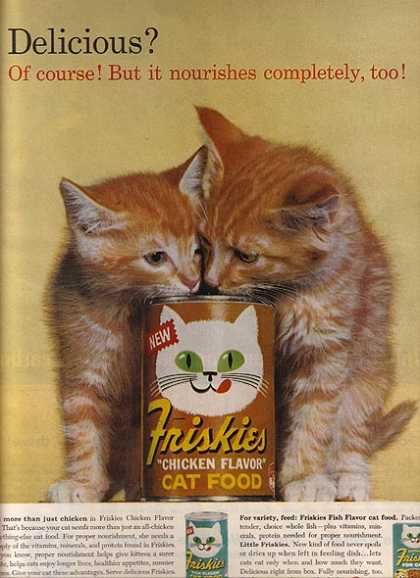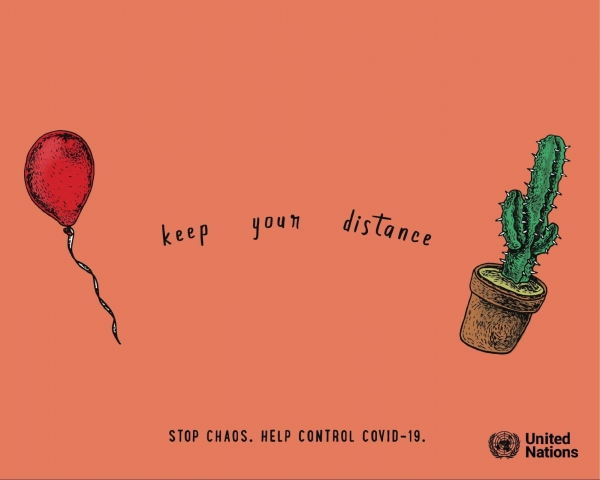Hall, Sean. This Means This, This Means That: A User’s Guide to Semiotics, Laurence King Publishing, 2012 (Chapters 1 & 2) pgs 21-67.
A sign can have many representations such as an image, word, or sound, and have a meaning behind it. For example, a danger zone sign. It uses images and words to indicate danger in an area. For something to be a sign, there needs to be a signifier and signified. A signifier is the form of the sign, so the image, word, or sound. For example, the word “sun” or “clothing”, like a shirt or sweater. A signified is the meaning behind the form/what is trying to be portrayed. For example, the word “sun”, can portray heat or light. “Clothing” can portray protection and/or confidence.
Signs work in visual communication by trying to give the viewer the meaning of their piece in a way they can understand. This image, which is a historical advertisement, would be an icon according to Peirce’s terms.

This would be considered an icon in Peirce’s terms because the signifier resembles the signified. In the advertisement, the cats resemble the actual thing being represented, a cat. You also have symbols, which would be the words on the can, at the bottom of the page, and at the top of the page. You could also say the can is an icon as well.
Non-literal devices are used to convey meaning in advertising and/or social media by making the viewer think deeper about new ideas and meanings within the work created. This contemporary advertisement portrays a metaphor for covid-19.

The non-literal device being shown is a metaphor. This is being used to show two common things apart that don’t go well together and compare them to people and covid-19. If people come in contact, something bad can happen. In general, it portrays safety.
Annotations
https://hypothes.is/a/ONpR7C2IEe25Rnv0_lugFw




Leave a Reply